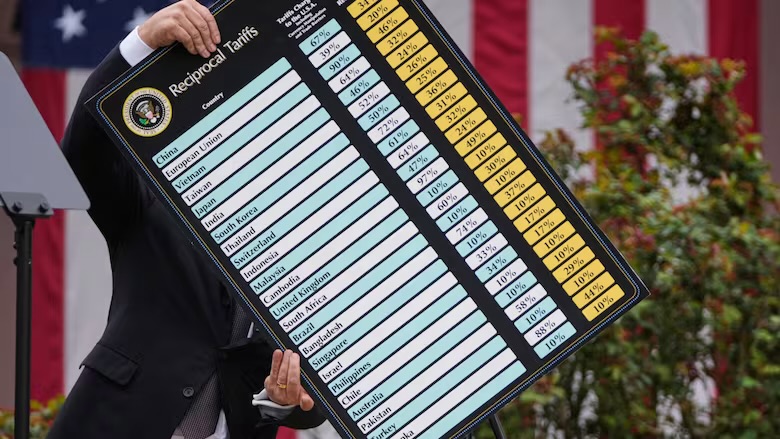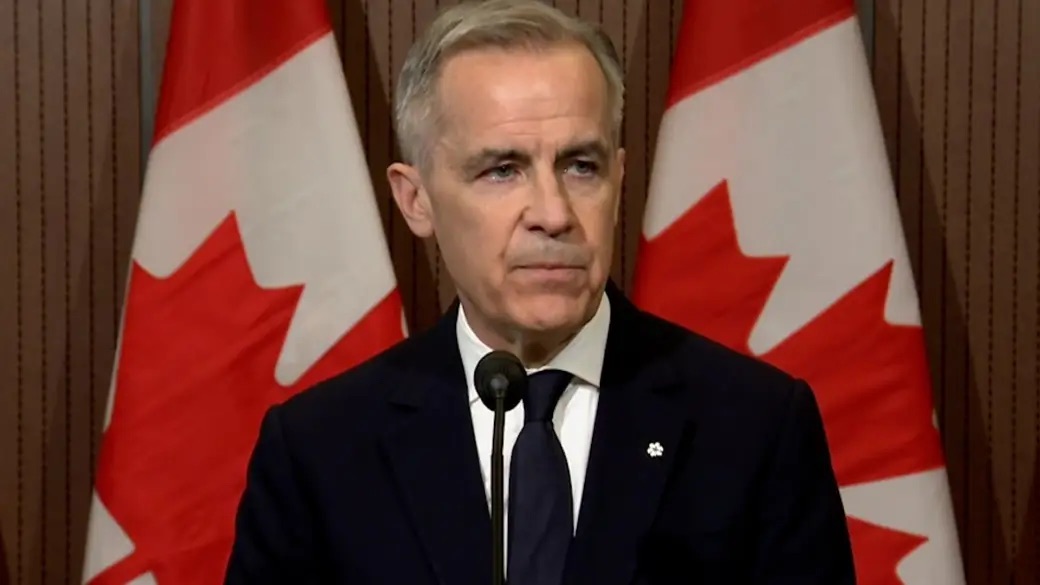April 2 Declared "Liberation Day" as Trump Unleashes a New Era of Tariffs
In a dramatic declaration that sent shockwaves through global markets, President Donald Trump has chosen April 2, 2025—dubbed "Liberation Day"—as the stage for a sweeping new wave of tariffs. The move marks the beginning of a bold trade era, targeting countries perceived as economic adversaries and redefining America’s strategy on imports.
The Unfolding Plan
At the heart of Trump’s strategy is a “universal tariff” policy, unrolling a comprehensive trade wall aimed at 15 nations. Canada, Mexico, and China stand in the crosshairs, along with new levies poised to affect the automotive, steel, aluminum, and energy industries. Trump’s administration claims the initiative is designed to level the playing field, but observers warn it could ignite a global trade tit-for-tat.
- Across-the-Board Tariffs: Imports from all nations now face an average 15% tariff, with some countries facing far harsher penalties—China sees 20%, Russia’s oil up to 50%, and EU goods facing a blend of taxes topping 18%.
- Industry Spotlight: Specific sectors were not spared. The auto industry, in particular, faces a sudden 25% import tax effective immediately. Investigations into lumber and pharmaceuticals hint at more actions to come.
- Energy Clampdown: The initiative also includes a sweeping 25% duty on anyone doing business—directly or indirectly—with Venezuela’s crude oil sector, a move aimed at squeezing adversarial economies.
Responding with Retaliation
As expected, Trump's bold gambit met swift resistance. Trade partners scrambled to enact or threaten countermeasures, foreshadowing a volatile spring in global commerce.
- China slapped back with up to 15% duties on U.S. soy, corn, and pork.
- Europe opted for delay, pausing its $28 billion retaliation plan—but Trump’s team isn’t waiting. Talks of 200% tariffs on European wine and spirits loom large over Brussels.
- Canada enacted a fierce $42 billion tariff response, taking aim at U.S. steel, aluminum, and technology firms.
Markets and Economists React
The announcement didn’t just startle governments—it also rattled Wall Street. Markets dipped sharply on the eve of Liberation Day, and leading economists issued stark forecasts.
- The S&P 500 dropped 2.4%, while the Dow Jones slid 1.4%, reacting to uncertainty over supply chains and export markets.
- Goldman Sachs adjusted its inflation forecast upward to 3.5%, warning of a 35% chance of an economic recession within the year.









